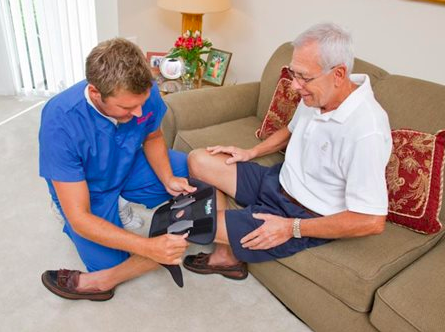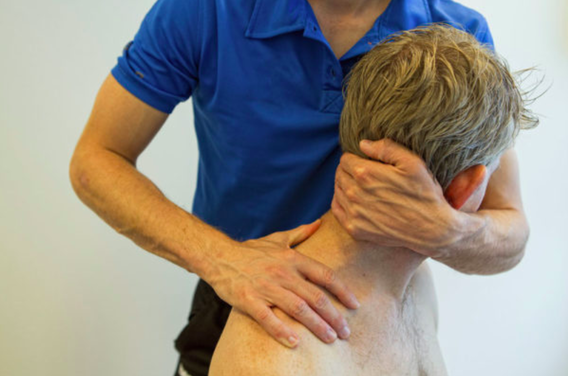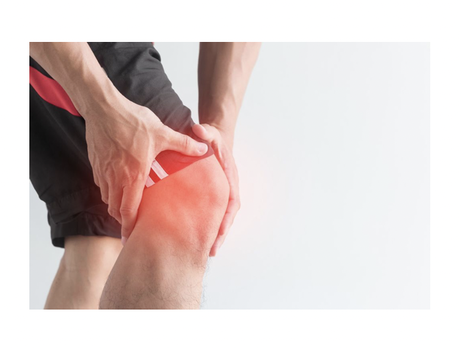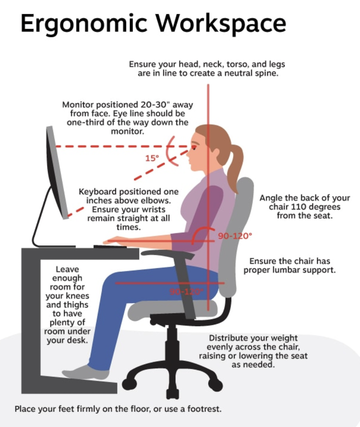Nerve Pain Relief (In-Home, New York City)
Freezing of Gait from Parkinson's. How Can Physical Therapy Help This? (Best NYC Home PT Near Me)2/24/2023 Freezing of Gait from Parkinson's. How Can Physical Therapy Help This? (Best NYC Home PT Near Me)Freezing of gait is a common symptom in Parkinson's disease and can have a significant impact on a person's quality of life.
"How Physical Therapy Can Ease My Knee Arthritis" (Concierge Pain Relief - Home Physical PT Near Me)2/24/2023 "How Physical Therapy Can Ease My Knee Arthritis" (Concierge Pain Relief - Home Physical PT Near Me)Do you suffer with daily knee pain or stiffness from arthritis?
"I Have Leg Pain, Numbness, and Tingling. How do I know if it is Sciatica, Piriformis Syndrome, SI Joint, or Hamstring" (Concierge Pain Relief - Home Physical Therapy)Leg pain, numbness, and tingling can be frustrating and disruptive to your daily life. These symptoms can be caused by various conditions, including sciatica, piriformis syndrome, SI joint dysfunction, or hamstring injuries.
"I have neck pain and stiffness. Can home physical therapy help?" (Concierge Pain Relief - Home PT Near Me) Neck pain and stiffness are common issues that can be caused by a variety of factors, including poor posture, injuries, and underlying medical conditions. While some cases of neck pain and stiffness may require medical intervention, home physical therapy can be an effective way to manage symptoms and prevent future episodes. In this article, we'll explore how home physical therapy can help alleviate neck pain and stiffness, based on the latest research.
"I Woke Up With Back Pain, What Should I Do?" (Concierge Pain Relief - Home Physical Therapy)2/24/2023 "I Woke Up With Back Pain, What Should I Do?" (Concierge Pain Relief - Home Physical Therapy)Waking up with back pain can be a frustrating and painful experience. The cause of this pain can vary from person to person, and it is essential to determine the underlying cause to alleviate the symptoms.
Knee pain is a common complaint among people of all ages. It can be caused by a variety of factors, including ligament, meniscus, muscle, tendon, or knee joint issues. Identifying the source of your knee pain is essential in determining the appropriate treatment plan. In this blog post, we'll explore each of these potential causes and how to identify them, backed up with research article citations. "I Have Knee Pain. How do I know if it is a ligament, meniscus, muscle, tendon, or knee joint issue?" (Concierge Pain Relief - Home Physical TherapyHow to set up my home office computer desk to minimize aches and pains, and keep good posture. (Home Physical Therapy, Concierge Pain Relief)In the era of remote work, many of us are spending more time than ever before sitting at our home office computer desks. While the convenience of working from home cannot be denied, prolonged sitting can take a toll on our bodies. Aches and pains, particularly in the neck, back, and shoulders, are common complaints among those who work from home.
Help for Older New Yorkers Who Need to Use a Cane, Walker, or Wheelchair (Home Care)As we age, it's common for our mobility to decline. Many older New Yorkers find themselves relying on a cane, walker, or wheelchair to get around. While these mobility aids can help seniors stay active and independent, they can also present new challenges. Home care services can help older New Yorkers who use a cane, walker, or wheelchair maintain their independence and quality of life. Here, we'll discuss what home care looks like for older New Yorkers with mobility aids and the importance of services like Concierge Pain Relief and Home Physical Therapy.
Now Offering: |
About Us
Archives
March 2024
Categories
All
|






 RSS Feed
RSS Feed